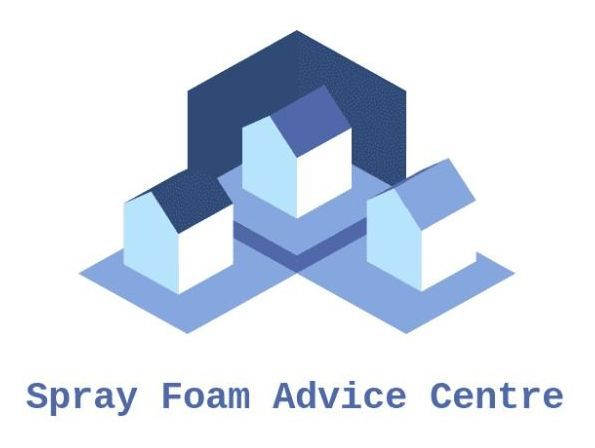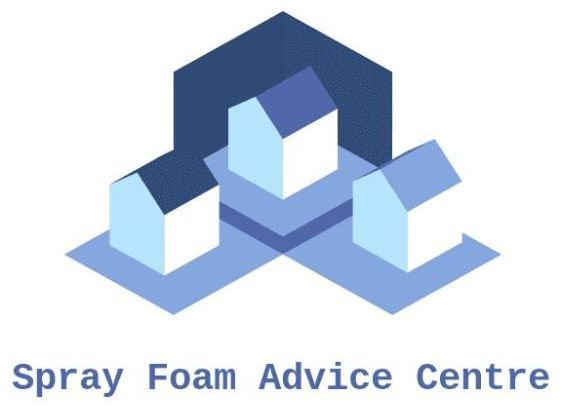Understanding the Condensation Risk Report: A Guide for UK Homeowners
Condensation is a common issue in many homes across the UK, especially during the colder months. It occurs when warm moist air comes into contact with cold surfaces, leading to water droplets forming on windows, walls, and other surfaces. While condensation might seem like a minor inconvenience, it can actually lead to more significant problems such as dampness, mould growth, and even structural damage if left unchecked.
To help UK homeowners better understand and address condensation issues, the Condensation Risk Report was introduced. This report provides valuable insights into the condensation risk levels within a property and offers recommendations on how to mitigate these risks effectively.
What is a Condensation Risk Analysis?
A Condensation Risk Report is a detailed assessment of the potential for condensation to occur within a property. It takes into account various factors such as ventilation, insulation, heating systems, and lifestyle habits that can contribute to condensation problems. The report typically involves a thorough inspection of the property by a qualified professional who will assess the existing conditions and identify any areas of concern.
Why is it Important for UK Homeowners?
Condensation can have serious implications for both the health of occupants and the condition of the property. Excess moisture in the air can create an ideal environment for mould and mildew to thrive, which can exacerbate respiratory issues and allergies, particularly in vulnerable individuals such as children and the elderly. Additionally, prolonged exposure to damp conditions can damage the structure of the building, leading to costly repairs down the line.
By obtaining a Condensation Risk Report, homeowners can gain valuable insights into the specific factors contributing to condensation within their property. This allows them to take proactive measures to address these issues and create a healthier, more comfortable living environment for themselves and their families.
How to Use the Report Findings
Once homeowners receive their Condensation Risk Report, it's essential to take action based on the recommendations provided. This may involve implementing measures such as:
- Installing additional ventilation, such as extractor fans or trickle vents, to improve air circulation.
- Changing insulation in key areas such as loft spaces, cavity walls, and floors to reduce heat loss and minimise cold spots.
- Ensuring that heating systems are operating efficiently and are set to maintain a consistent indoor temperature.
- Adopting lifestyle changes, such as using lids on cooking pots, drying laundry outdoors, and avoiding excessive moisture-producing activities indoors.
By following the advice outlined in the report, homeowners can effectively reduce the risk of condensation within their property and create a healthier, more comfortable living environment for themselves and their families.
Comprehensive Guide to Conducting a Condensation Risk Report
Introduction
A condensation risk report is essential for identifying and mitigating moisture issues within a property. Proper assessment is crucial to prevent problems such as mold, dampness, and deterioration of building fabric. This guide outlines the steps involved in conducting a full condensation risk report on a UK property and the qualifications required of the surveyor performing the assessment.
Conducting a Full Condensation Risk Report
1. Initial Assessment and Property Inspection
Visual Inspection:
- Exterior Examination:Inspect the property’s exterior for potential sources of moisture ingress, including damaged gutters, downspouts, and roofing. Look for signs of damp on walls and the condition of external cladding or render.
- Interior Examination:Observe areas prone to condensation, typically kitchens, bathrooms, and poorly ventilated rooms. Identify visible signs of damp, mold growth, and peeling paint or wallpaper.
Property Age and Type:
- Determine the age and construction type of the property, as different building materials and construction methods can affect moisture management.
2. Occupancy and Lifestyle Factors
Occupant Behaviour Analysis:
- Understand the daily activities of the occupants, as high moisture-generating activities (like cooking, bathing, and drying clothes indoors) can exacerbate condensation issues.
- Assess the number of occupants, as more people usually mean higher humidity levels.
3. Ventilation Analysis
Check Existing Ventilation:
- Examine existing ventilation systems, including natural ventilation (windows, vents) and mechanical ventilation (extractor fans, positive input ventilation systems)
- Evaluate the effectiveness of vents in preventing moisture buildup.
4. Moisture and Humidity Measurement
Use of Instruments:
- Utilise hygrometers to measure indoor humidity levels, aiming for levels between 40-60%.
- Inspect materials (walls and ceilings) for moisture content using moisture meters; elevated readings can indicate a risk for mold growth.
5. Thermal Imaging Inspection
Heat Loss Identification:
- Employ thermal imaging cameras to detect cold spots on surfaces where condensation is likely to occur, highlighting areas needing insulation improvement.
6. Condensation Calculations
Psychrometric Chart Usage:
- Calculate dew point and relative humidity levels comparing indoor conditions with external temperatures to assess condensation potential.
7. Assessment of Building Fabric and Insulation
Analyse Insulation Quality:
- Check the adequacy and condition of insulation in walls, roofs, and floors, as poor insulation leads to cooler surfaces conducive to condensation.
8. Identify Causes and Recommendations
Compile Data and Findings:
- Document findings, including moisture sources, ventilation effectiveness, and building characteristics.
Make Recommendations:
- Suggest interventions to mitigate risk, such as improving ventilation and enhancing insulation.
9. Preparation of the Report
Drafting the Report:
- - Generate a report detailing methodology, findings, and recommendations, including:
- - An executive summary.
- - Detailed findings from inspections and measurements.
- - Clear, actionable recommendations.
10. Follow-Up Actions
Monitoring and Review:
- Propose a follow-up plan to reassess conditions after recommendations are implemented.
Qualifications of the Surveyor
The individual conducting a condensation risk report should have the following qualifications and experience:
1. Educational Background
- Degree in Relevant Field: A degree in building surveying, environmental science, architecture, civil engineering, or a related field.
2. Professional Qualifications
- Chartered Status:Membership with organisations like RICS or CABE shows adherence to industry standards.
- Specialist Training:Additional qualifications in damp investigation, energy efficiency, or building physics enhance the surveyor's expertise.
3. Relevant Experience
- Practical Experience:Experience in building surveying or damp assessments is crucial for accurate evaluations.
- Field Experience:Hands-on inspection experience helps identify moisture issues effectively.
4. Technical Skills
- Building Thermodynamics: Understanding temperature, humidity, condensation, and thermal bridging is vital.
- Building Regulations Familiarity:Knowledge of UK building codes and regulations is necessary for compliance and assessment purposes.
5. Specialist Tools and Equipment Proficiency
- Moisture Meter and Hygrometer Skills: Proficiency in these devices is essential for accurate moisture assessment.
- Thermal Imaging Training:Experience with thermal imaging technology is critical for identifying insulation deficiencies.
6. Continuing Professional Development (CPD)
- Ongoing Education:Committing to CPD helps professionals keep current with trends and regulatory changes.
7. Soft Skills
- Communication Skills: Ability to convey findings and recommendations clearly to clients and stakeholders.
- Problem-Solving Skills:Analytical skills are needed to diagnose issues and recommend practical solutions.
A thorough condensation risk report should have been done, prior to any installation, by a professional surveyors.


Get Free Advice Today!
Contact Us
Not sure what to do next? We’re here to help!
We want to know your needs exactly so that we can provide the perfect solution. Let us know your situation and we’ll do our best to help.

